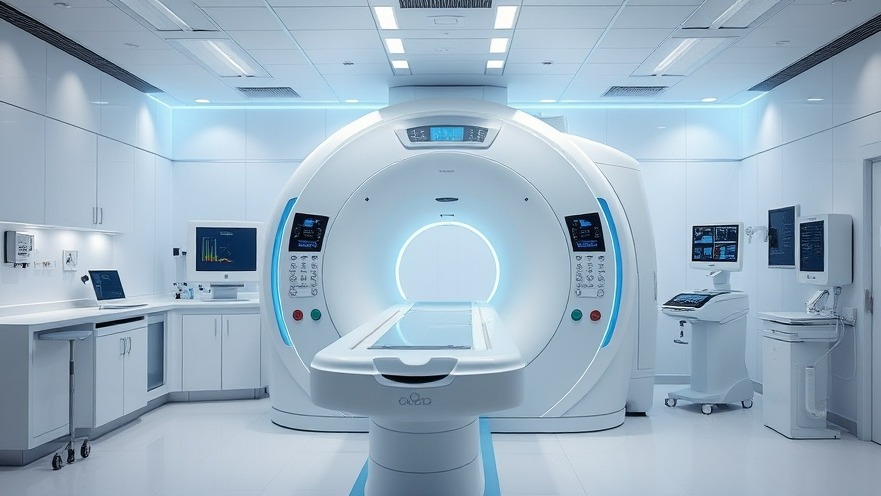
Understanding MRI: A Vital Tool in Cancer Detection
Magnetic Resonance Imaging (MRI) has revolutionized the way we detect and monitor cancer, providing a non-invasive imaging technology that offers detailed visuals of the body's internal structures. As concierge medical practice owners, understanding MRI's benefits can not only enhance your patient care but also elevate your practice's reputation.
How MRI Works: A Brief Overview
MRI uses powerful magnets and radio waves to generate detailed images of organs and tissues. Unlike X-rays or CT scans, MRI does not use ionizing radiation, making it a safer alternative for patients, particularly for those requiring multiple scans over time. This technology is particularly valuable in identifying soft tissue abnormalities that tumors might cause.
The Importance of MRI in Cancer Care
For many cancers, early detection is crucial. MRI can help spot tumors in various organs, including the brain, spine, breast, and liver, at their earliest stages. Its precision allows for tailored treatment plans, significantly impacting patient outcomes. By offering MRI services, your concierge practice positions itself as a comprehensive care provider, fostering stronger relationships with your patients.
Future Trends in MRI Technology
As medical technology continues to advance, the future of MRI in cancer diagnosis appears promising. Innovations like functional MRI (fMRI) allow for monitoring brain activity and mapping complex brain functions, while advancements in machine learning are improving image analysis, leading to quicker and more accurate interpretations of scans.
Building Trust through Effective Communication
Understanding and explaining the role of MRI in cancer diagnosis can significantly enhance your patient interactions. Patients often feel anxious about diagnostic tests. As a concierge practitioner, providing empathetic explanations about how MRI works and what patients can expect during the procedure not only alleviates fears but also builds trust. This compassionate approach is vital for patient satisfaction and loyalty.
Challenges and Considerations in MRI Implementation
While incorporating MRI into your practice can be beneficial, it is also essential to consider the associated costs and patient access. These factors may affect your business model and return on investment. Finding a balance between advanced technology and affordability will be crucial for attracting a broader patient base.
Conclusion: Elevate Your Practice with MRI Services
As the landscape of cancer detection continues to evolve, offering MRI services can distinguish your concierge medical practice as a leader in patient care. By staying informed on emerging technologies and communicating effectively with your patients, you not only enhance their experience but also solidify your practice’s standing in the community.
 Add Row
Add Row  Add
Add 




Write A Comment